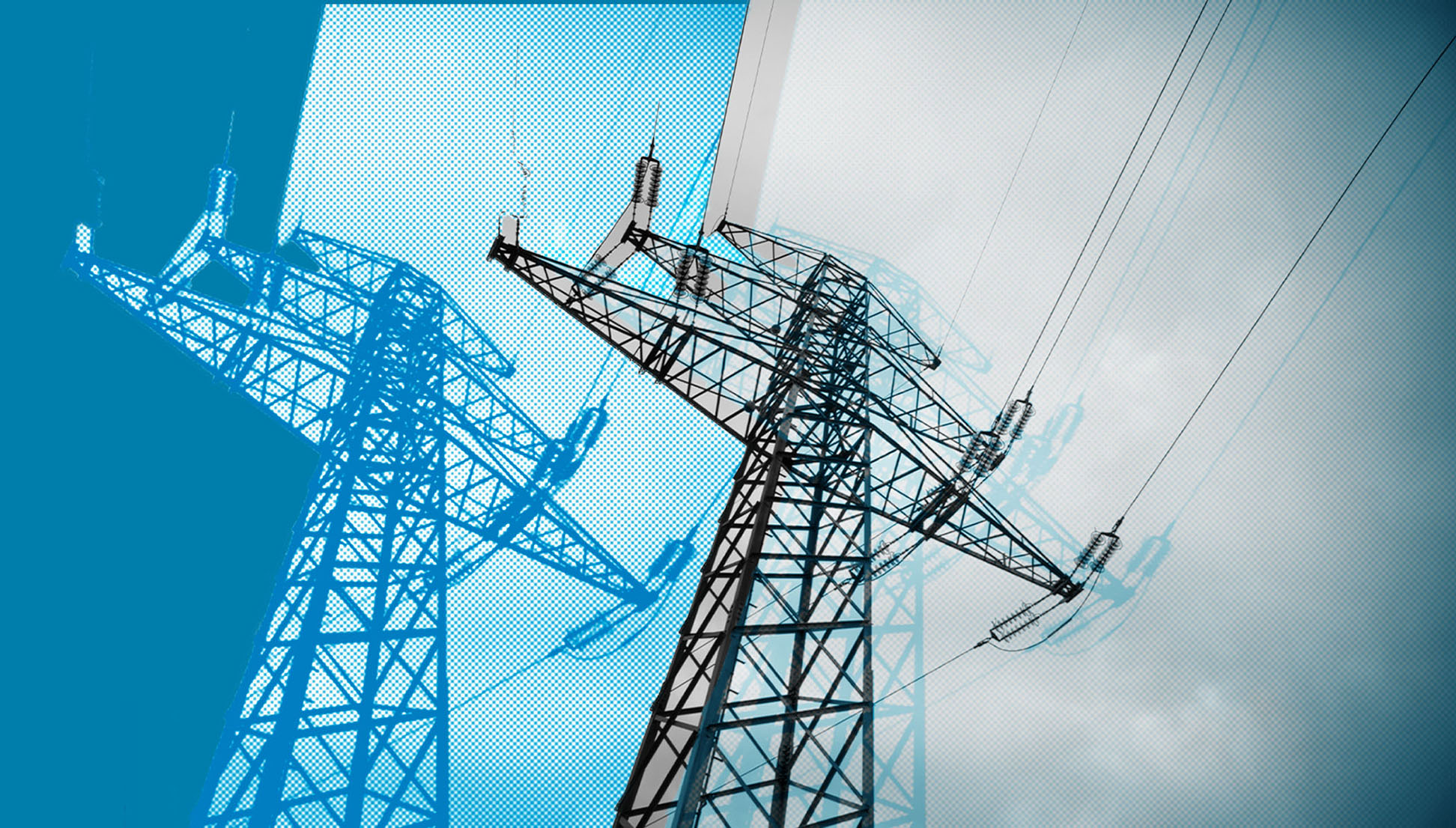
Six pragmatic solutions to get the energy transition back on track
By Edward GreensponPeter Lougheed called it. He warned 16 years ago that the federal and Alberta governments were careening toward an historic showdown 10 times worse than the National Energy Program.
The long-serving Alberta Premier said a clash was inevitable between the federal right to protect the environment and the provincial right to develop natural resources, and it would likely go to the Supreme Court. “My surmise is that – and this is strong stuff – national unity will be threatened if the court upholds federal environmental legislation and it causes major damage to the Alberta oil sands and our economy.”
Fast forward to today. Major court decisions on carbon pricing and environmental assessment, the draft Clean Electricity Regulation, a proposed emissions cap on oil and gas and an inconsistent carbon pricing scheme are exacerbating federal-provincial and regional tensions at a time when the energy transition needs to be taking off.
Clearly, it’s time to recalibrate. But what does that look like?
For the past four years, the Public Policy Forum has been spearheading discussions among dozens of people in the climate and energy space seeking pragmatic policies that can ward off the existential threat of global warming while doing the least social and economic harm. Not beautiful designs on paper, but practical and implementable net-zero solutions that can hold up over decades.
Executing a policy-induced energy transition in a federated and democratic nation requires maintaining a growing economy, ensuring energy affordability and reliability, and prioritizing Indigenous reconciliation and national unity. As we are seeing with the revolt against a carbon price still just 40 percent to its target, carrying the people gets difficult once they start feeling the pinch in their pocketbook.
Here are a few principles we’ve learned along the way that might help policymakers to get back on track.
1. Embrace a binary energy transition
The energy transition is well underway and will last several decades. We need to pursue two simultaneous tracks – decarbonizing incumbent energy systems while developing a new, more technological system. There is no on-off switch. One without the other risks having supply fall out of sync with demand, exposing people to confidence-sapping price spikes and supply disruptions.
2. Don’t fix the Impact Assessment Act; fix impact assessment
The Supreme Court has handed policymakers the crisis they need to rationalize outmoded project approval processes. Canada faces a colossal building job to decarbonize the current system, double or triple electricity supply, and get critical minerals out of the ground. It currently takes a decade to get a transmission line built and 15 years for a mine, but global warming isn’t waiting. We need to get into a hurry-up offense – jurisdictions in Europe, Asia and the United States are reforming their processes, including placing time limits on lawsuits, creating inter-departmental and inter-governmental project champions and allowing exceptions in endangered species cases.
3. Calm the federalism waters
While the federal government has the lead on climate policy, provinces are the primary agents of an energy transition. And, as the carbon carveout conflagration shows, each jurisdiction is both unique (some have fossil fuels; some have grids cleaner than Finland and Sweden and some grids are dirtier than Russia or China), yet sensitive to uneven treatment. Creating a more consensual federalism involves hard but vital work. In Alberta’s case, it will require either shelving or ‘bi-lateralizing’ the proposed, national-unity busting cap on oil and gas emissions. That still leaves Ottawa’s economy-wide carbon price to do its work. Alberta could help by putting its existing oilsands emissions cap on a clear downward track. On the Clean Electricity Regulation, an attainable accommodation is there for the taking — assuming the protagonists genuinely want one and a unilateral cap doesn’t poison the well.
4. Make the energy transition a reconciliation moment
Indigenous communities – not all but many – are clamouring for energy development as a mainstay of economic sovereignty. As prospective equity holders, they are frustrated by the same delays as everyone else. They have the added challenge of limited access to capital on competitive terms. Reconciliation demands that governments help out with loan guarantees and other mechanisms to promote Indigenous ownership.
5. Keep it simple
What were Atlantic Canadians rebelling against? Was it the carbon tax or the Clean Fuel Regulation, or can anyone tell the difference? The monumental challenge of explaining climate action is made that much harder by policy sprawl. According to the last budget, Canada operates 14 different programs, tax credits funds, and pricing and regulatory schemes – with a possible emissions cap in the offing. There is a Canada Growth Fund, a Net Accelerator Fund, a Strategic Innovation Fund, a Low Carbon Economy Fund, a Clean Fuels Fund. Rightly or wrongly, citizens and investors understand the U.S. Inflation Reduction Act and its roster of tax credits.
6. Get cracking
Two budgets ago, the federal government committed itself to carbon capture tax credits. Last budget, it added a slate of further measures in response to the U.S. Inflation Reduction Act. They remain on the drawing boards while the U.S. has pressed ahead. To carry out a real, not theoretical, energy transition and ward off the worst effects of climate change means investors need policy, as well as regulation, to move at the speed of climate urgency. Former Prime Minister Jean Chretien liked to say that there’s nothing more nervous than a million dollars. Capital always has alternatives.
The apprehensions and anxieties of citizens and consumers too often get short shrift in climate planning. People are not pawns to be moved around the board for the greater good. They are knights, bishops and rooks – with moves of their own. A quarter-century energy transition that fails to obsess every day with how to carry the maximum number of people in all parts of the country will lack the resilience to pull off the project of the century.





